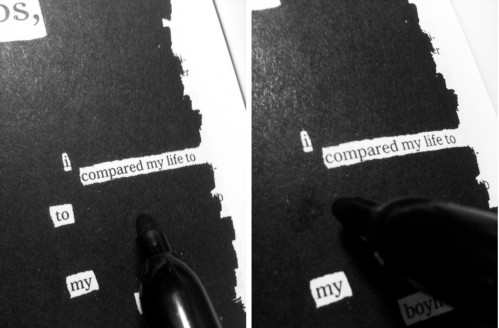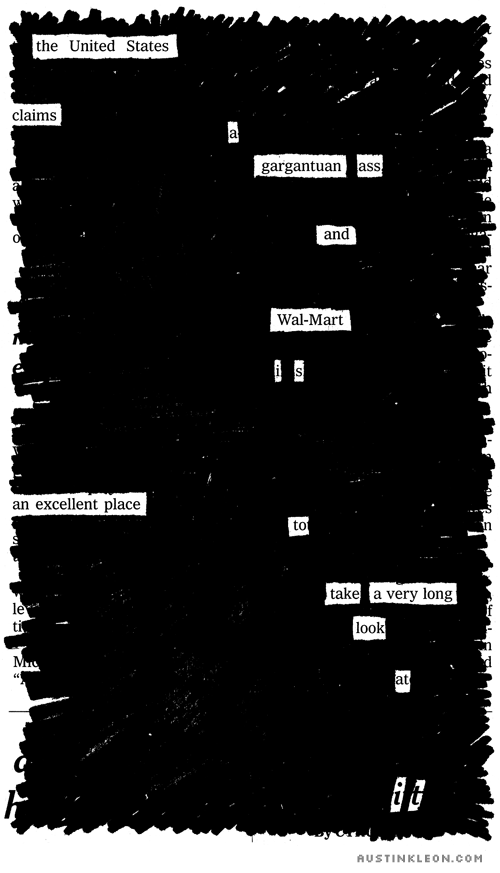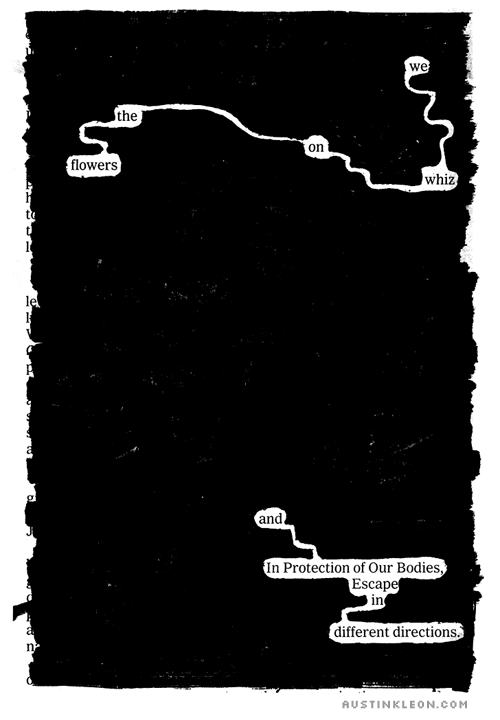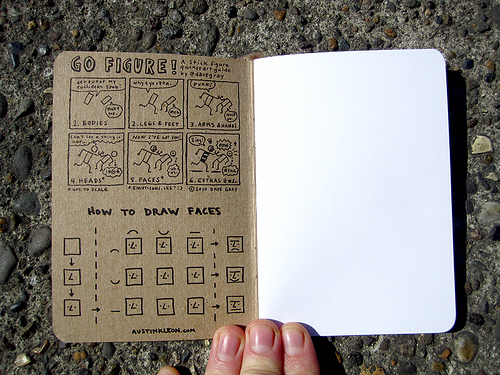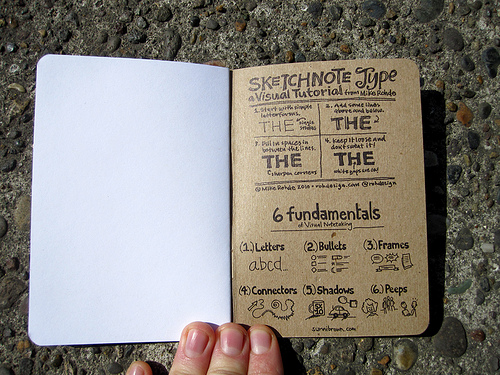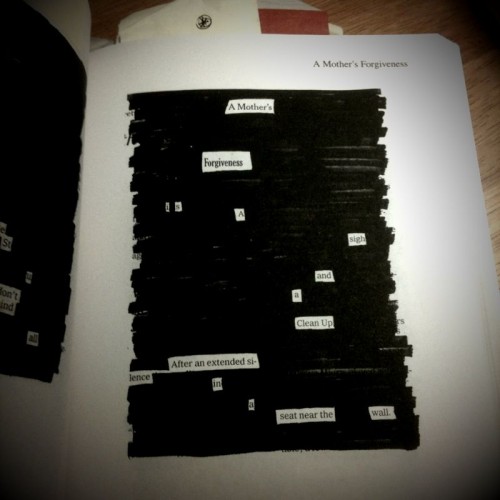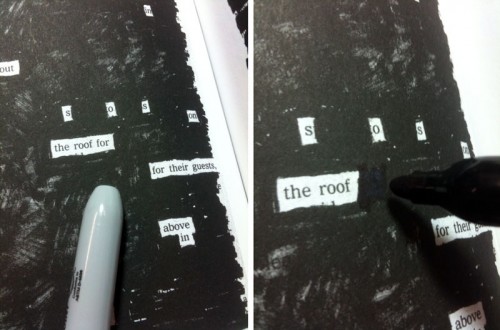
Newspaper Blackout has been out a month, but Derik Badman is the first to spot not one, but two typos in the book. The first is on page 50 (the word “for” shows up twice), the second is on page 84 (the word “to” shows up twice).
Luckily, they’re easy to fix…
